How Casting Patterns Shape Metal Manufacturing
Author: SAIVS Date Published: Jan 19,2024
Introduction
Casting is a Manufacturing Process that uses molten metal to create a solid object. The casting process begins with a pattern, a physical replica of the desired
object.
The pattern is used to create a mold filled with molten metal. As the metal cools and hardens, it takes on the shape of the pattern.
The casting pattern is a critical component of the casting process. It is responsible for defining the finished casting's shape, size, and features.
The quality of the casting pattern will directly impact the quality of the finished casting.
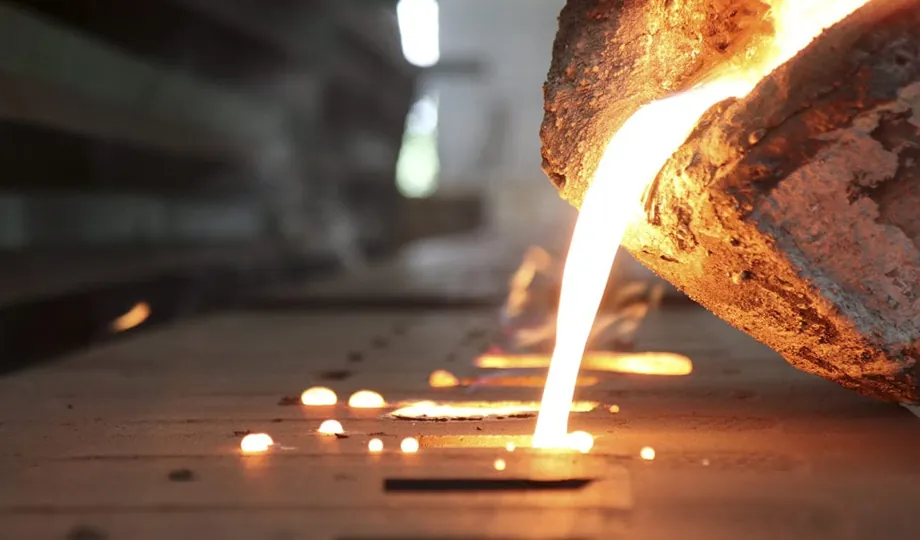
What is a Casting Pattern?
A casting pattern is a physical replica of the desired casting. It is typically made from wood, metal, or plastic.
The pattern is used to create a mold filled with molten metal. As the metal cools and hardens, it takes on the shape of the pattern.
Types of Casting Patterns
Green sand patterns are made from sand that has been mixed with a binder. They are the most common type of casting pattern.
Metal patterns are made from metal, such as steel or aluminum. They are more durable than green sand patterns, but they are also more expensive.
Plastic patterns are made from plastic, such as epoxy or urethane. They are a good compromise between the durability of metal patterns and the cost of green
sand patterns.
The Relationship Between Material Selection and Casting Patterns
The material selection for a casting pattern is important because it will affect the quality of the finished casting.
The material must be strong enough to withstand the forces of the casting process. It must also be able to withstand the heat of the molten metal.
Green sand patterns are made from sand that has been mixed with a binder. The binder helps to hold the sand together and prevent it from collapsing.
Green sand patterns are relatively inexpensive and easy to make. However, they are not as durable as metal or plastic patterns.
Metal patterns are made from metal, such as steel or aluminum. Metal patterns are very durable and can withstand the forces of the casting process.
However, they are also more expensive than green sand patterns.
Plastic patterns are made from plastic, such as epoxy or urethane.
Plastic patterns are a good compromise between the durability of metal patterns and the cost of green sand patterns. They are also relatively easy to make.
The Seven Roles of Casting Patterns
Forming the mold
The primary role of a casting pattern is to form the mold. The pattern is placed in the mold material, which is then allowed to solidify.
The pattern's shape and features are transferred to the mold, which then becomes the cavity for the casting.
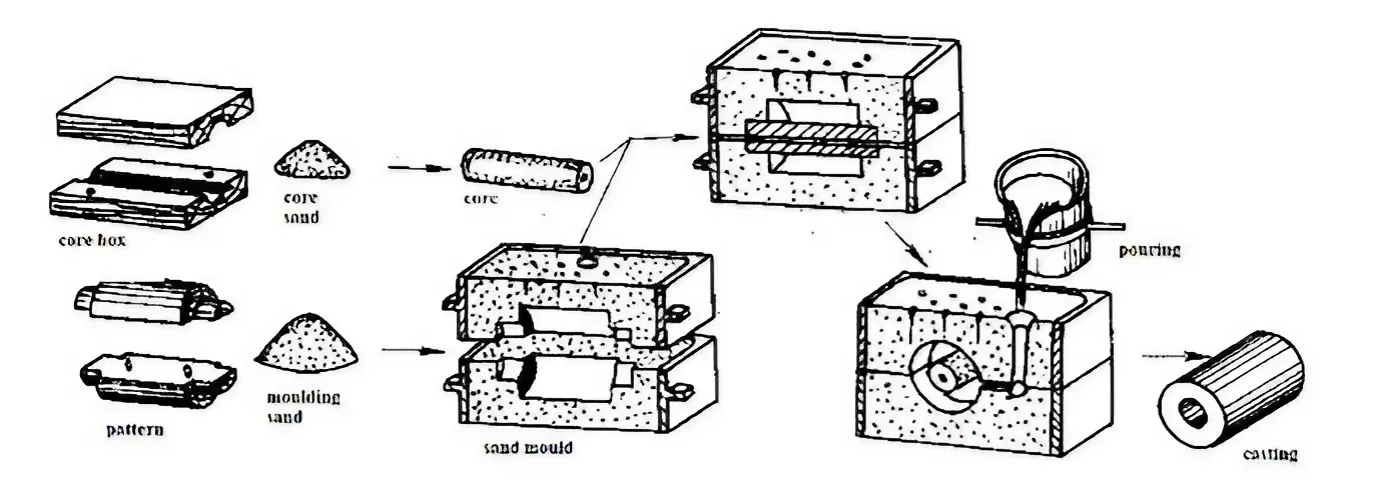
dimensional accuracy
Casting patterns must be accurate to ensure that the casting is the correct size and shape.
Imprecise patterns can lead to castings that are out of tolerance or that do not meet the required specifications.
Surface finish
The surface finish of a casting is determined by the surface finish of the casting pattern.
A smooth pattern will produce a smooth casting, while a rough pattern will produce a rough casting.
Pattern allowances
Pattern allowances are necessary to compensate for shrinkage, machining, and other factors that can affect the final dimensions of the casting.
Shrinkage allowance is the amount of space that is added to the pattern to allow for the metal to shrink as it cools and solidifies.
Machining allowance is the amount of space that is added to the pattern to allow for post-casting machining operations.
Gating and riser design
Gating and riser systems are used to control the flow of molten metal into the mold and to ensure that the casting is properly filled.
A well-designed gating and riser system can help to reduce defects and improve the quality of the casting.
Material selection and construction
The material and construction of a casting pattern can affect its durability, accuracy, and cost.
Wood, metal, and plastic are all common materials used for casting patterns.
The specific material and construction method that is used depends on the application and the desired properties of the casting.
Optimizing the casting process
The design of the casting pattern can have a significant impact on the casting process.
A well-designed pattern can help to improve the efficiency of the casting process and reduce defects.
Why Choose SAIVS™ as Your Supplier?
1.Superb Quality Control Management
At SAIVS, we take pride in our perfect quality management systems and procedures, which guarantees the excellent performance of all our producs, being a professional Investment Casting | Die Casting| Sand Castingmanufacturer in China.
2.Rich Production Experience
With 20 years of experience in production, SAIVS has a deep understanding of the market and trends, and strives for continuous research and innovation. This has created advantages in both the product's performance and appearance.
3.Competitive Prices
As a Chinese factory committed to becoming the most cost-effective Investment Casting | Die Casting| Sand Castingexporter in China, SAIVS provides high-quality products at advantageous prices. By lowering costs and increasing efficiency, we ensure that our customers receive the best possible value for their investment.
4.Perfect After-sales Service
At SAIVS, we strive to provide superior customer service that meets and exceeds expectations. We are always available for any questions or concerns you may have, and we stand by our commitment to providing excellent after-sales support.
Related Posts
-
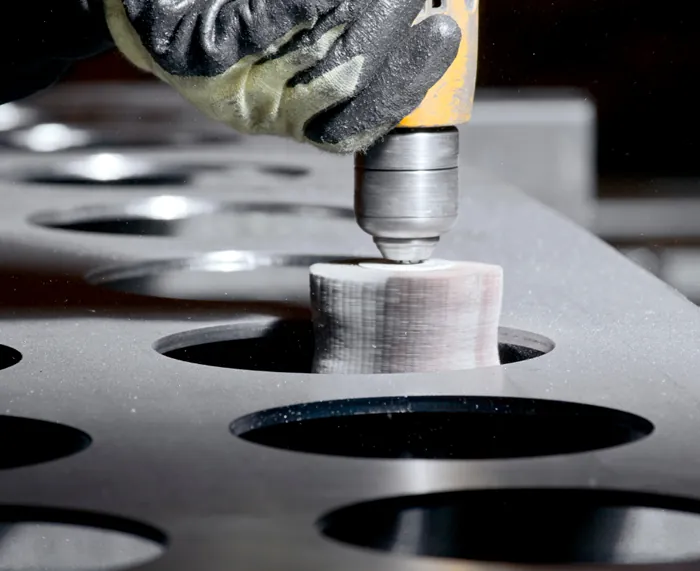
How to Remove Burrs from Metal Parts
This article explores the causes of burrs and explains the pros and cons of common removal methods. By choosing the right method, you can achieve a smooth, burr...
-
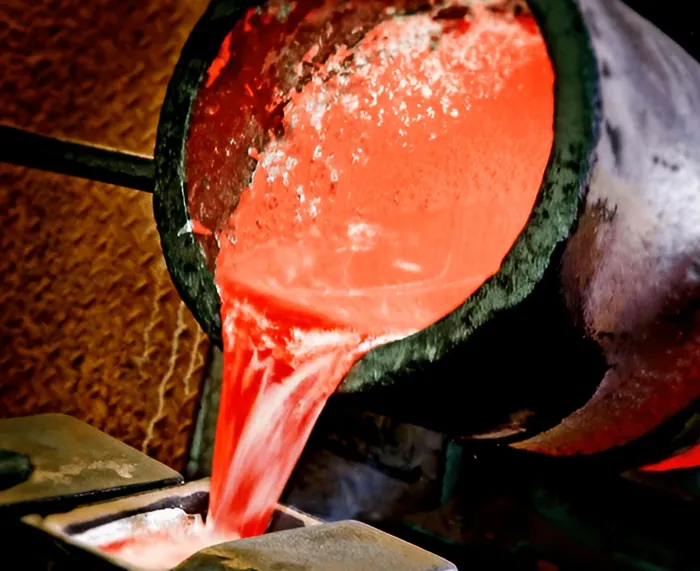
Conquering Casting Shrinkage: A Guide to Flawless Metal Parts
This article explores types of shrinkage, and solidification, and how to control them for high-quality castings.
-
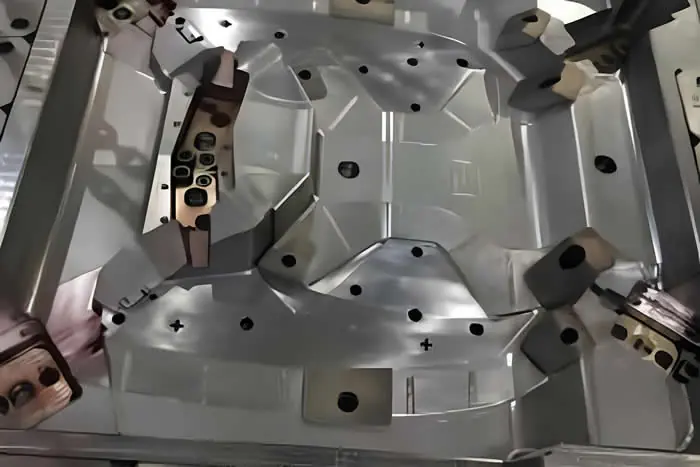
Why Multi-Station Progressive Dies Are Essential for Precision Metal Stamping
Why Multi-Station Progressive Dies Are Essential for Precision Metal StampingIn the field of modern metal manufacturing, the demand for high-efficiency, hi
-
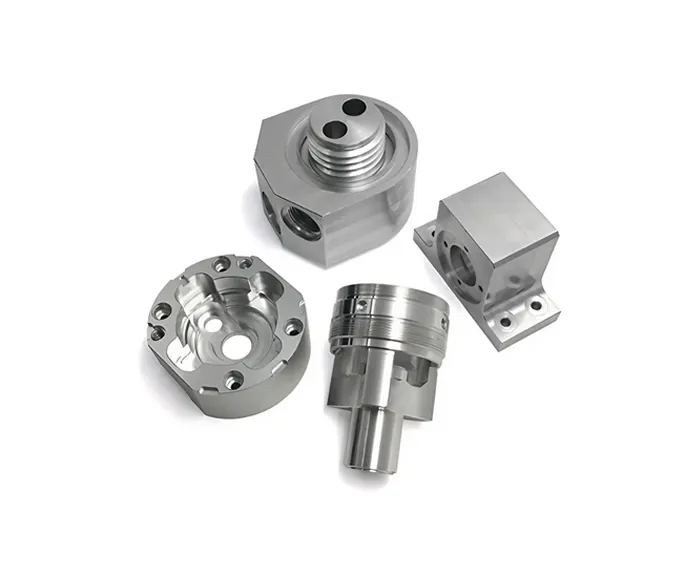
Experience the SAIVS Difference in CNC Machining Excellence
IntroductionCNC machining, or computer numerical control machining, is a process that uses computer-controlled tools to cut or shape materials. CNC machining is...
-
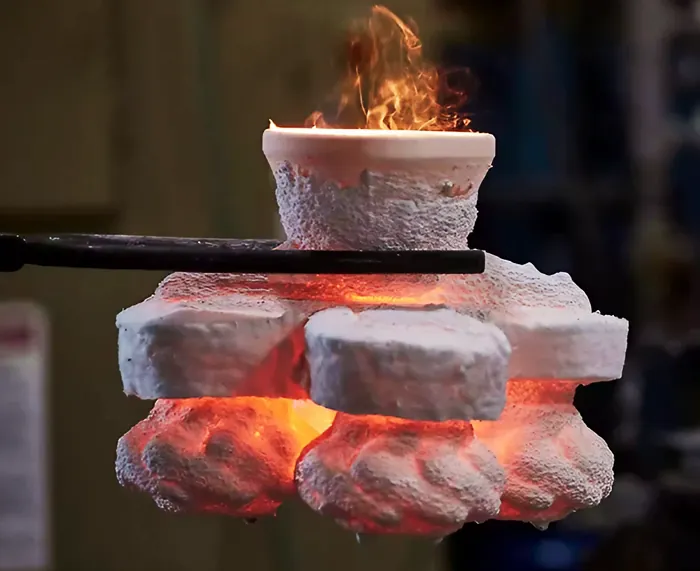
Investment Casting: Freedom in Design with Minimal Draft Angles
This article explores the concept of draft angles, their role in casting processes, and how investment casting overcomes this limitation, enabling the creation ...
-
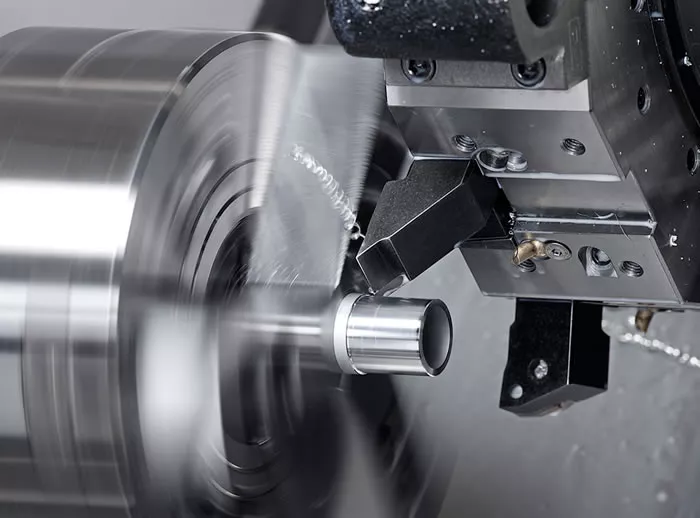
The Benefits of Using CNC Machining in Manufacturing
CNC machining is a process used to create high-precision metal components in various industries. In this article, we will explore the benefits of using CNC mach...

